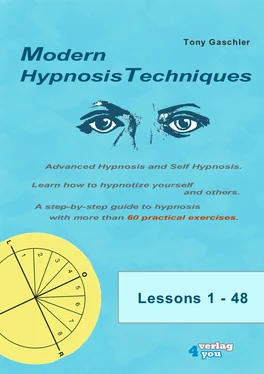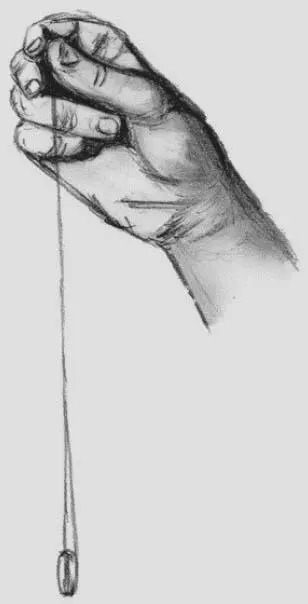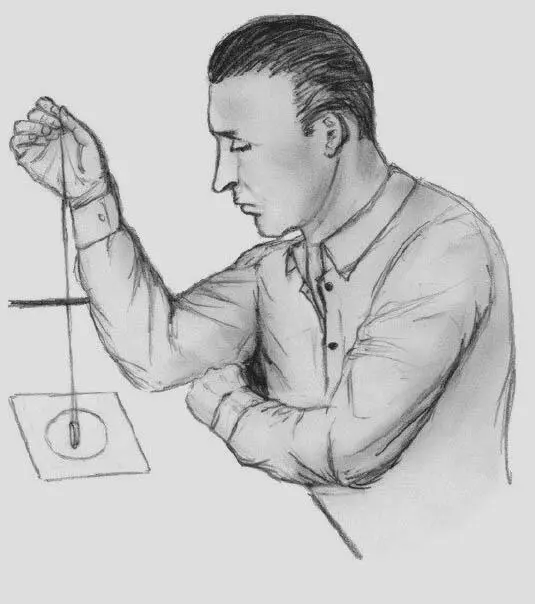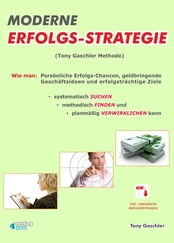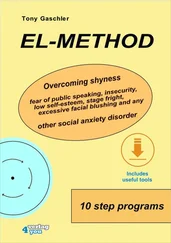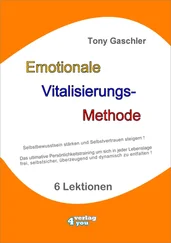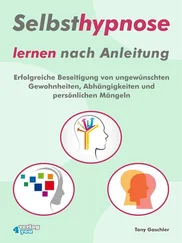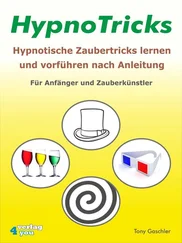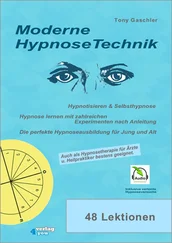Tony Gaschler - MODERN HYPNOSIS TECHNIQUES. Advanced Hypnosis and Self Hypnosis
Здесь есть возможность читать онлайн «Tony Gaschler - MODERN HYPNOSIS TECHNIQUES. Advanced Hypnosis and Self Hypnosis» — ознакомительный отрывок электронной книги совершенно бесплатно, а после прочтения отрывка купить полную версию. В некоторых случаях можно слушать аудио, скачать через торрент в формате fb2 и присутствует краткое содержание. Жанр: unrecognised, на английском языке. Описание произведения, (предисловие) а так же отзывы посетителей доступны на портале библиотеки ЛибКат.
- Название:MODERN HYPNOSIS TECHNIQUES. Advanced Hypnosis and Self Hypnosis
- Автор:
- Жанр:
- Год:неизвестен
- ISBN:нет данных
- Рейтинг книги:4 / 5. Голосов: 1
-
Избранное:Добавить в избранное
- Отзывы:
-
Ваша оценка:
MODERN HYPNOSIS TECHNIQUES. Advanced Hypnosis and Self Hypnosis: краткое содержание, описание и аннотация
Предлагаем к чтению аннотацию, описание, краткое содержание или предисловие (зависит от того, что написал сам автор книги «MODERN HYPNOSIS TECHNIQUES. Advanced Hypnosis and Self Hypnosis»). Если вы не нашли необходимую информацию о книге — напишите в комментариях, мы постараемся отыскать её.
Or your subject is convinced that the color «YELLOW» is actual called «RED.»
You can be assured of an astonished audience admiring your new abilities and skills.
As a «byproduct», the hypnotizer slowly becomes aware of his or her private and professional success and the associated limitless confidence and self-efficacy that the new and powerful abilities generate. He or she is admired and held in high esteem – life is good.
With the self-help method MODERN HYPNOSIS TECHNIQUE, Tony Gaschler has combined only tried and proven hypnosis techniques used in many highly interesting hypnosis experiments into a method.
You will learn about modern hypnosis techniques and methods as they are practiced around the globe today – no prior knowledge is required – you will learn everything you need to know to be able to hypnotize others successfully, and you will learn this in a systematic and gradual manner.
After many years of research and based on the successes of numerous hypnosis techniques from the world over, the specialized author and hypnosis expert Tony Gaschler developed this unique easy method leading to quick success.
You learn SELF-HYPNOSIS that can serve to improve your life in so many ways: to eliminate bothersome habits and characteristics such as nervousness, listlessness, lack of energy, lack of drive, smoking, excessive weight, tensions, etc. and even some emotional inhibitions.
You will also learn ADVANCED SELF-HYPNOSIS techniques used, among others, to increase performance, eliminate pain, or influence others. These advanced techniques are practiced by athletes, politicians, traditional healers, and on radio, TV, at events, etc.
Nonmedical practitioners and physicians can also benefit from the Modern Hypnosis Technique.
Of course, you can also use your acquired skills to astonish and surprise your family, friends, and acquaintances as the excerpts from the following three experiments shows:
An EXPERIMENT with FALSE MEMORY:
Hand the test subject a piece of paper listing a very long number. For example, something similar to this: 164839244312673, 778241983711893. Tell the subject: «Please read and memorize this number. Once I take the piece of paper away after a few seconds, you will have memorized the entire number and can write it down.» Then take the piece of paper away from the test subject and say: «And now you are able to write down the entire number without errors just from memory.» Remember: Each suggestion must be canceled by a counter-suggestion.
An EXPERIMENT with FALSE PERCEPTION:
Tell the VP the following while handing him or her a peeled onion: «I am giving you here a nice, juicy apple! Eat it, you will love its taste and it's good for you!» The subject will think of the onion as an apple and actually eat it like an apple. A counter-suggestion is here not required since no effect continues after the action has been completed.
An EXPERIMENT with POST-HYPNOSIS:
You can also use a subject and post-hypnosis, an action that is to be carried out at a later time. Example: «Call me at 8 in the evening to tell me that you cannot visit me tomorrow. When I ask you why you cannot come, you tell me you don't have time!» Remember: All these experiments must have a clearly defined effective start and end of a suggestion. Never allow an effect to continue after the hypnosis without first canceling with a counter-suggestion.
The listed experiments were just a small excerpt from the many possible hypnosis techniques.
Moreover, you can also use your own creative ideas to develop and carry out new and interesting experiments. The number of fantastic possibilities is endless once your have learned the methods provided by the Modern Hypnosis Technique instructions.
